
Affiliate Curator @ Burke Museum
Assistant Project Scientist @ UC Berkeley
Artist @ AnimalisDesigns
he/him | firstgen BS & PhD
chrisjlaw.com

#WildlifeWednesday 🐦🐕
#WildlifeWednesday 🐦🐕
www.uaf.edu/cfos/academi...
www.uaf.edu/cfos/academi...

Let me tell you about the "three-legged pirate" lizards 🏴☠️
[Paper: www.journals.uchicago.edu/doi/10.1086/... ]
(1/n)

Let me tell you about the "three-legged pirate" lizards 🏴☠️
[Paper: www.journals.uchicago.edu/doi/10.1086/... ]
(1/n)
Their teeth are so much fun to look at! 🦷
doi.org/10.5070/P9.4...
(Cover image by P. Holroyd)

Their teeth are so much fun to look at! 🦷
doi.org/10.5070/P9.4...
(Cover image by P. Holroyd)



bmcecolevol.biomedcentral.com/articles/10....
Let's take a 🧪🧵 look back at convergent #evolution using the #thylacine and canid #mammals
1/n

bmcecolevol.biomedcentral.com/articles/10....
Let's take a 🧪🧵 look back at convergent #evolution using the #thylacine and canid #mammals
1/n
Thanks @amnh.org and the Field Museum for the loans!


Thanks @amnh.org and the Field Museum for the loans!
What about in an area that typically receives little rain? (~6 in/year)?
royalsocietypublishing.org/doi/10.1098/...

What about in an area that typically receives little rain? (~6 in/year)?
royalsocietypublishing.org/doi/10.1098/...
go.nature.com/4mOb5T9

MCB is having one the next day from 2-3, topic not yet announced: www.nsf.gov/events/nsf-m...

MCB is having one the next day from 2-3, topic not yet announced: www.nsf.gov/events/nsf-m...

The theme of the @systbiol.bsky.social breakout meeting in Baton Rouge is 'The Importance of Natural History Collections'
The LSU Museum of Natural Science will host some events. Hope to see you there, Jan 9-11, 2026.
ssb2026.github.io
@eseb.bsky.social @eseb2025.bsky.social

@eseb.bsky.social @eseb2025.bsky.social
www.evolutionsociety.org/content/soci...
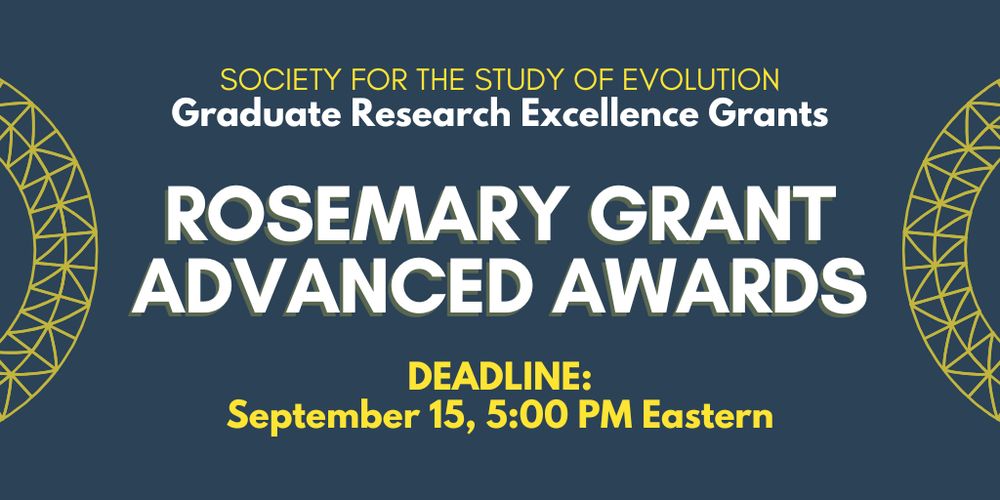
www.evolutionsociety.org/content/soci...
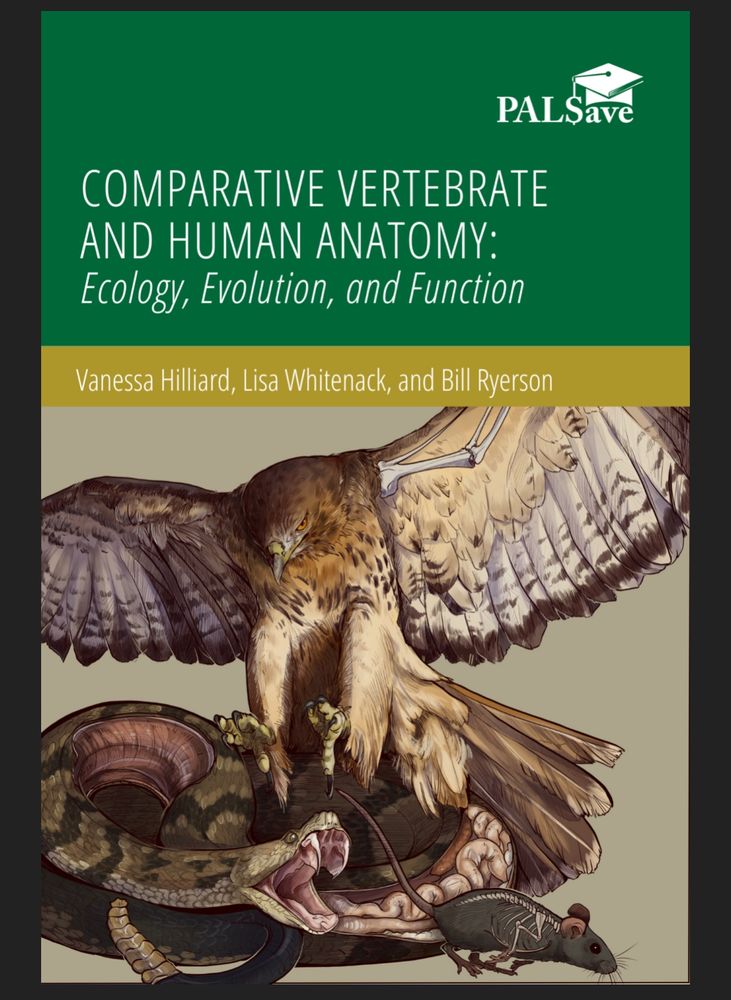
Stay tuned for research on intraspecific effects on maroevolution and more undergrad-led projects! @uwbiology.bsky.social

Stay tuned for research on intraspecific effects on maroevolution and more undergrad-led projects! @uwbiology.bsky.social
www.biorxiv.org/content/10.1...
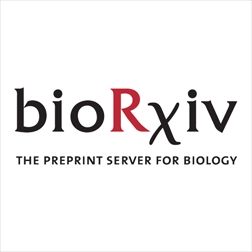
www.biorxiv.org/content/10.1...
Belasen Lab @ou.edu coming soon 🐸 ❤️

Belasen Lab @ou.edu coming soon 🐸 ❤️
Over the last two years, my mentees learned to develop hypotheses, collect data, code, and present results. All of this would not be possible without NSF support.
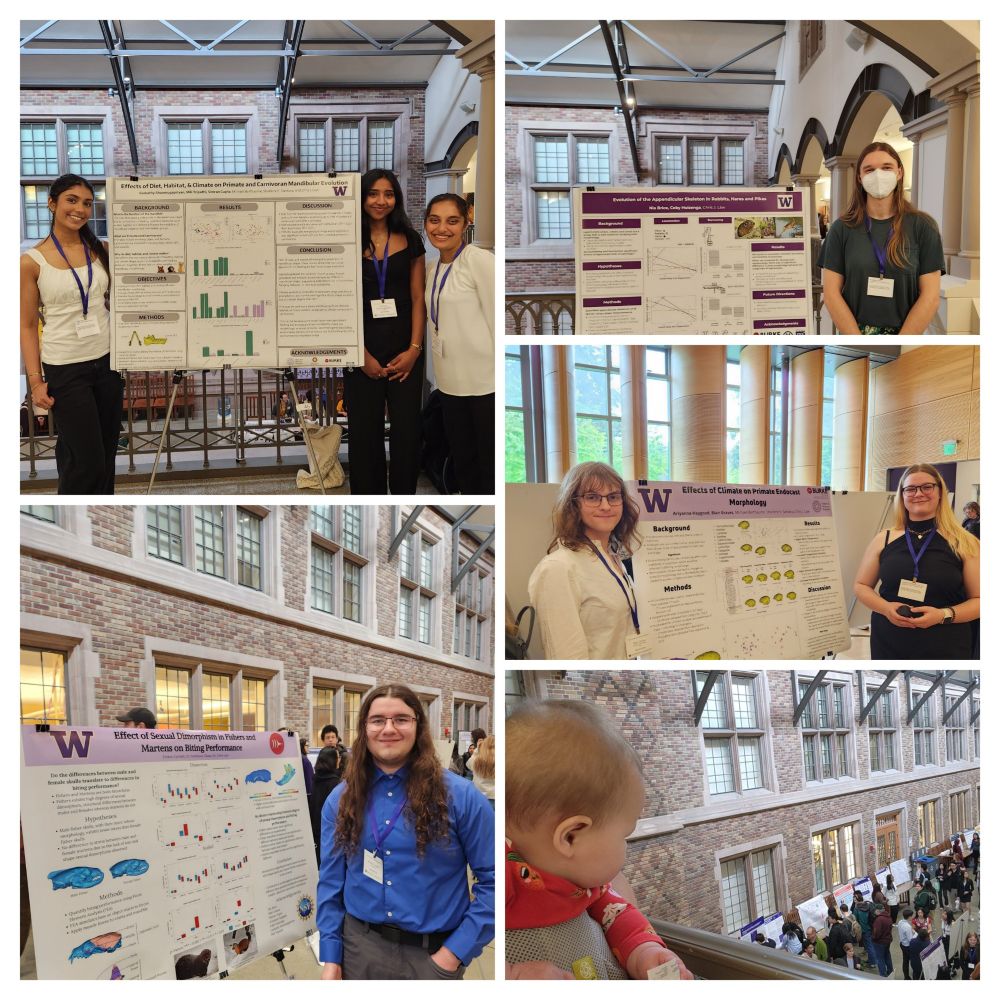
Over the last two years, my mentees learned to develop hypotheses, collect data, code, and present results. All of this would not be possible without NSF support.
#mammals
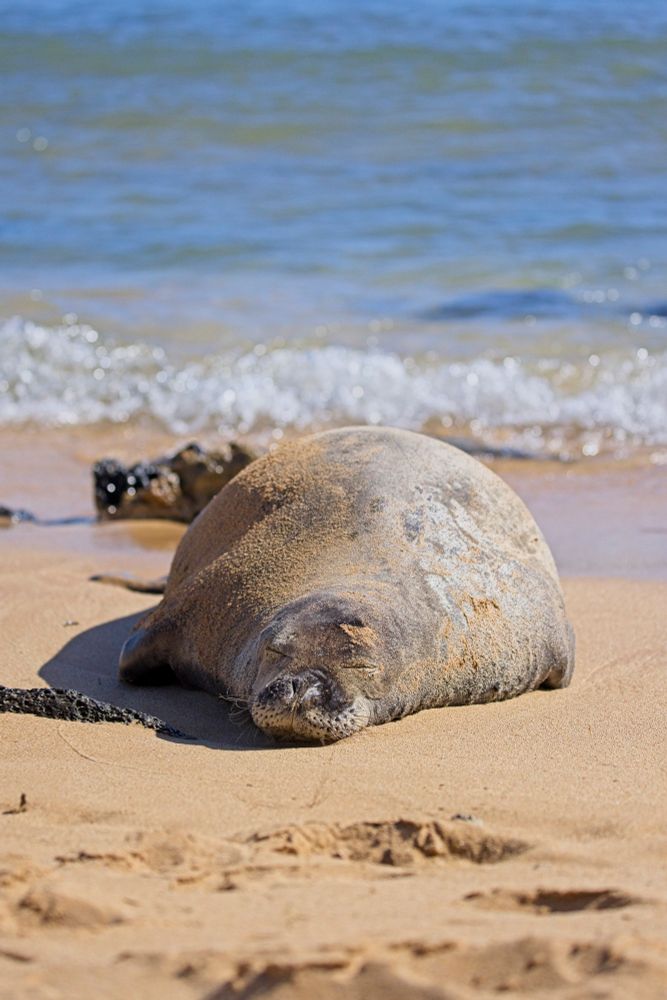
#mammals
The whole episode will f you up forever. It’s great. Thanks Dr. @chrislaw.bsky.social !
www.alieward.com/ologies/lutr...
The whole episode will f you up forever. It’s great. Thanks Dr. @chrislaw.bsky.social !
www.alieward.com/ologies/lutr...

